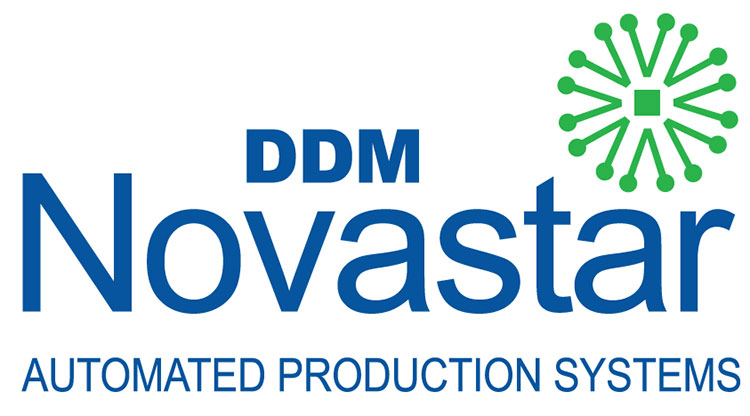Glossary Table A
| Acceptance Tests: A set of tests performed to determine the acceptability of a board or assembly. |
| Access Holes: A series of holes in successive layers of a printed circuit board, with common center or axis, that provide access to the surface of the land in one of the layers of the board. |
| Accuracy: The difference between measured results and target values. |
| Active Components: Semiconductor devices, such as transistors and diodes that can change their basic characteristics in a powered electrical circuit, such as amplifiers and rectifiers. |
| Activating: A treatment that renders nonconductive material receptive to electroless deposition. |
| Activator: Additive to flux that aids in flux's cleaning ability. |
| Adhesive: Material used for bonding, joining, and sealing laminates, films, foils, coils, and conductors. |
| Advanced Substrates: Printed circuit board materials with superior thermal properties for products requiring high-frequency transmission. |
| Analog Circuit: An electrical circuit that provides a continuous quantitative output as a response from its input. |
| Analog Test: A functional test of a printed circuit board at the board level, in which signals are applied through a switch to pinpoint output. |
| Annular Rings: The conductive copper rings around the holes in a printed circuit board. |
| ANSI: American National Standards Institute |
| AOI: Automatic Optical Inspection is a text fixture method using optical means to inspect printed circuit boards at bare board, pre- or post-solder stages of assembly. |
| Artwork: The conductive pattern of a printed circuit board. Scaling accuracy is imperative in generating the artwork as printed circuit boards will be less accurate then the artwork by virtue of their scale factor. |
| Aspect Ratio: The ratio of the printed circuit board thickness to the diameter of the smallest hole. |
| Assembly File: A drawing indicating where components are placed on a printed circuit board. |
| ASTM: American Society for Testing and Materials. |
| Automatic Bridging: Removal of excess solder using a hot air knife and exposing poor solderability conditions. Used in stress testing and wave soldering. |
| Axial Leads: Leads coming out from the ends of a discrete component or device along the central axis. |

